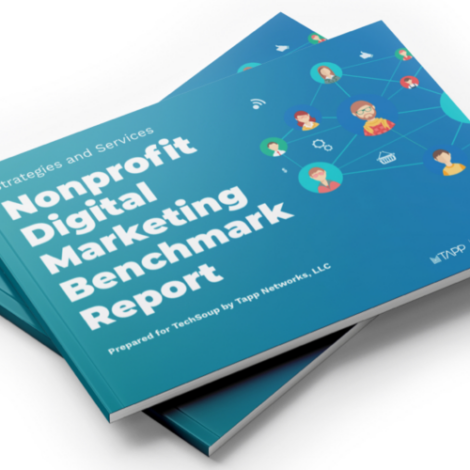More than half (53%) of all website traffic is organically driven rather than paid, yet many nonprofit managers disproportionately focus donor acquisition efforts on paid media at the expense of SEO strategies that might get them more bang for the buck in the long run, argue the authors of a new report on the topic.
The 2023 Nonprofit SEO Benchmark Report provides a report card of sorts on nonprofit SEO efforts to date, broken down by sector and region. It was compiled from an analysis of more than 2,500 organizational websites for RKD Group, a fundraising and technical services provider.
Nonprofit hospitals and health charities were found to be head-and-shoulders ahead of other nonprofit categories in SEO with environmental, education, and relief and development organizations also receiving high marks overall. Local and regional causes, such as rescue missions, animal welfare, and food banks, tended to receive the lowest scores.
Six of the organizations studied were singled out for praise and were so far ahead of the rest that they had to be excluded from the overall sector rankings so as not to skew the results: Four of them — the Mayo Clinic, Cleveland Clinic, American Cancer Society, and Icahn School of Medicine at Mount Sinai (New York City) — fell under the health and hospitals category. The other two were the Smithsonian Institution and AARP Foundation.
SEO has emerged as an entire discipline unto itself but boils down to the consistent use of strategically chosen keywords in combination with inbound links elsewhere on the web to drive more traffic to your own organization’s site.
Keywords include words and phrases that users input on search engines when searching for something specific, such as “food bank near me.” An inbound link is created when another trusted website such as a news outlet, trade publication, or partner organization links to yours.
However, the authors emphasized that inbound links should be “high-quality” and anchored in authentic content and warned that “buying cheap, spammy backlinks can do more harm than good” to overall credibility.
“In the last decade or more, many nonprofits have seen challenges in both acquiring and retaining donors,” said Jarred Schremmer, senior vice president for digital strategy and media at RKD Group. “SEO is a great way for organizations to connect with people who are actively searching for terms related to their cause, and it has become a critical component to other fundraising efforts like paid media and direct mail.”
Creating engaging content and optimizing it for Google and other search engines are typically the most critical part of SEO. “But fixing a website’s technical aspects – things like page load speed and broken links – also plays a huge role,” Schremmer told The NonProfit Times.
RKD states that it will do a personalized assessment for those wondering how their own organization’s website stacks up. “We’ve been helping our clients improve these technical areas for some easy SEO wins,” Schremmer said.
For more information and to access the report, visit the website at https://bit.ly/3YvHuRO
